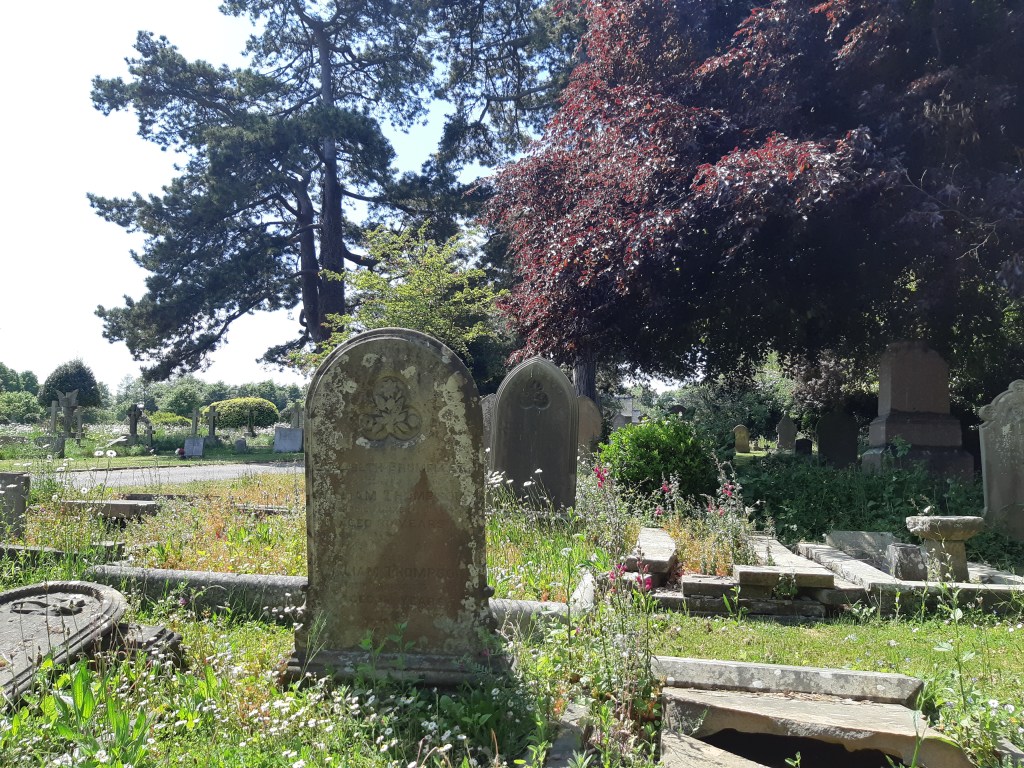
Images of enormous city cemeteries will forever elicit gasps of awe and interest. Shortly thereafter comes a sense of longing, with the temptation to bemoan the non-presence of such a place nearby. While not all of us have access to the grand colonnades of Brompton or the Egyptian avenue of Highgate, every local cemetery or churchyard, however small, fulfils a similar remit. Burial grounds of all kinds are galleries of social history, art, architecture, joy and solemnity. They might not have enormous mausoleums or effigies, but are just as entitled to our love, respect and care.
Louth ‘London Road’ Cemetery is an unassuming cemetery on the outskirts of a market town. Opened in 1855, it holds over 29,000 burials, two small chapels (One primarily used for storage, the other being St Aethelheard’s Orthodox Church) and a gate lodge that has since been privately sold. The latter received some renown of late, after it was offered for sale at a much higher value and the ‘quirky’ nature of the property interested several British tabloids.
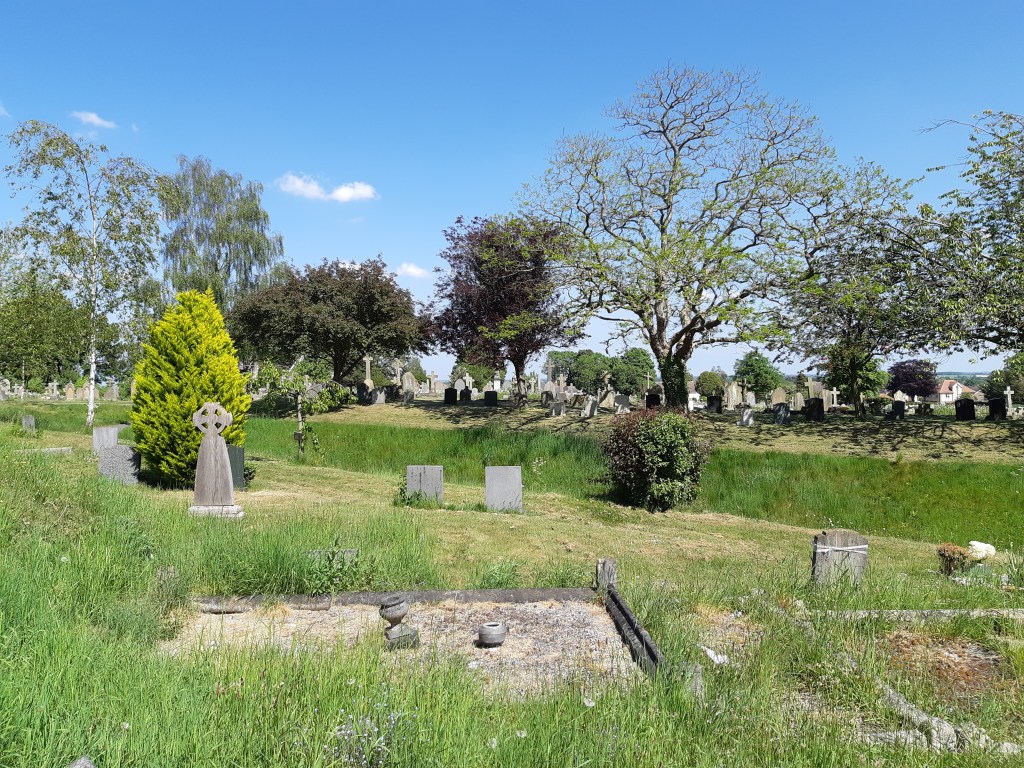
Louth cemetery was the first of its kind in the town, as all other burial sites were attached to places of worship. Built in the Victorian ideal of the garden cemetery, the grounds are sympathetic to the rural environment, sections separated by avenues of towering trees. The cemetery is very lucky today, having a friendly head gravedigger who is as passionate in his work as he is for maintaining the gentle visual appeal of the cemetery, allowing patches of summer wildflowers to bloom in swathes across the older graves.
As with so many open spaces, the cemetery has had its share of vandalism, both malicious and well-meaning. Over the last few years there have been isolated incidents of vandals deliberately breaking larger headstones for their own amusement. Considering that the site is council maintained, with little extraneous cash flow, it is unlikely that any of these old memorials will ever be sympathetically restored.
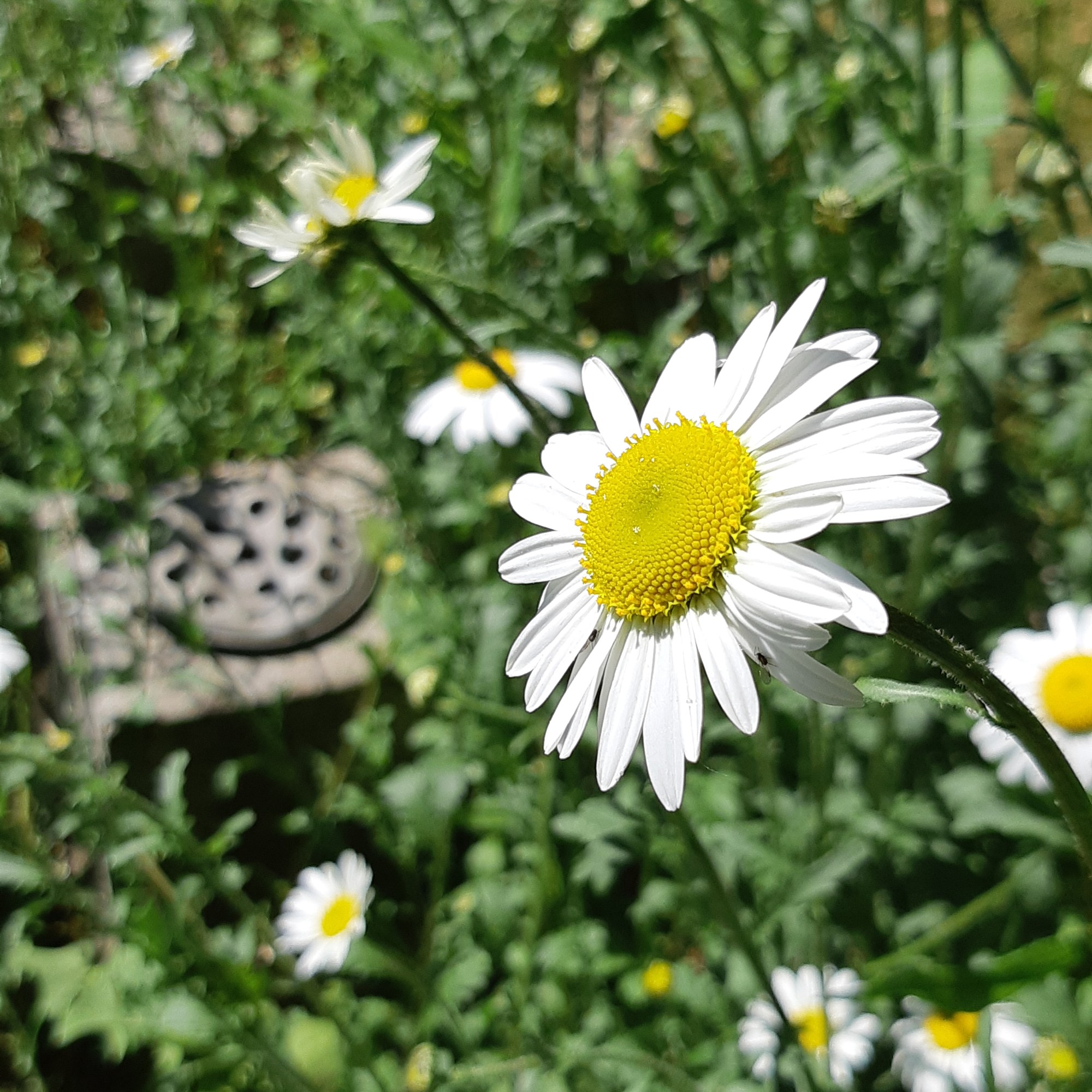
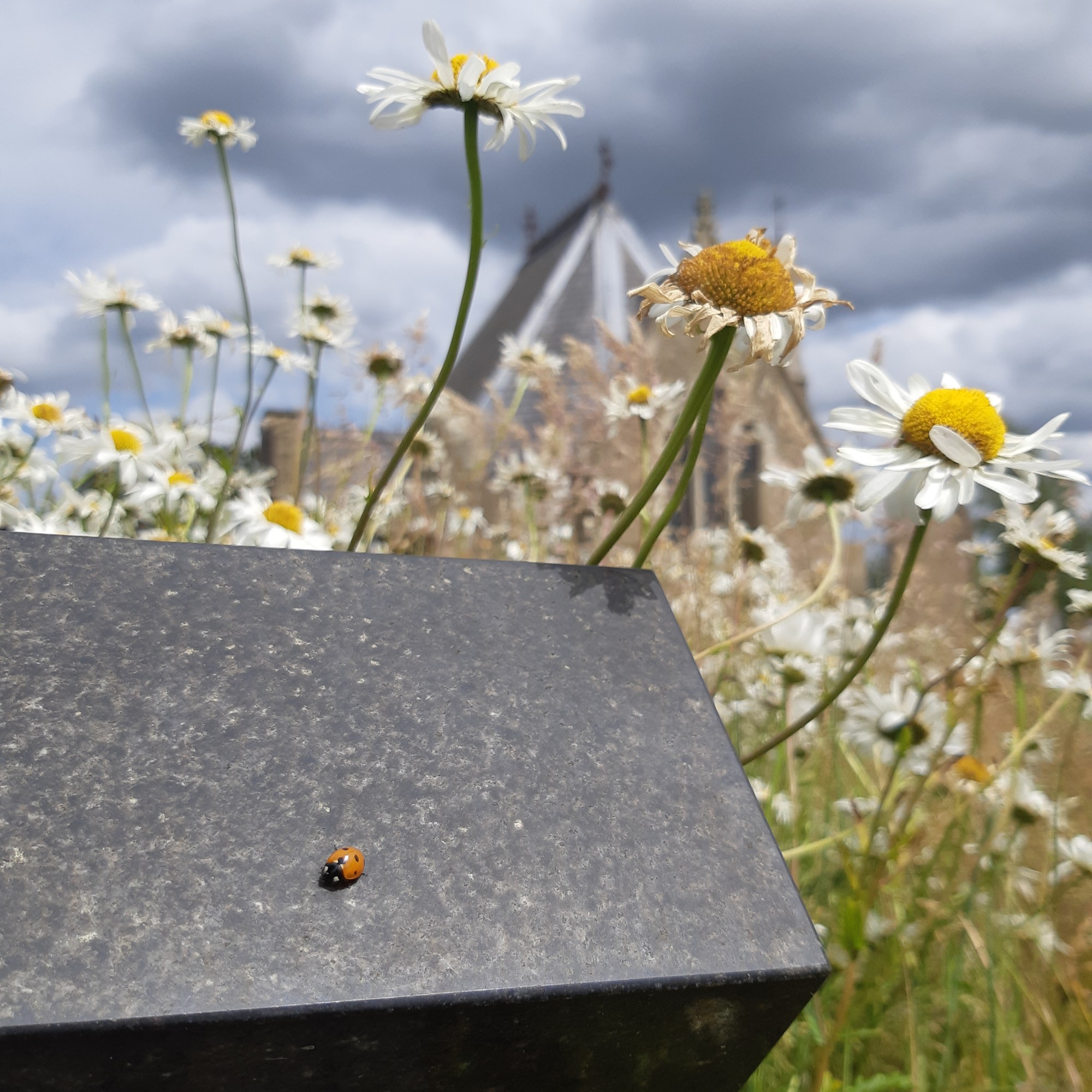


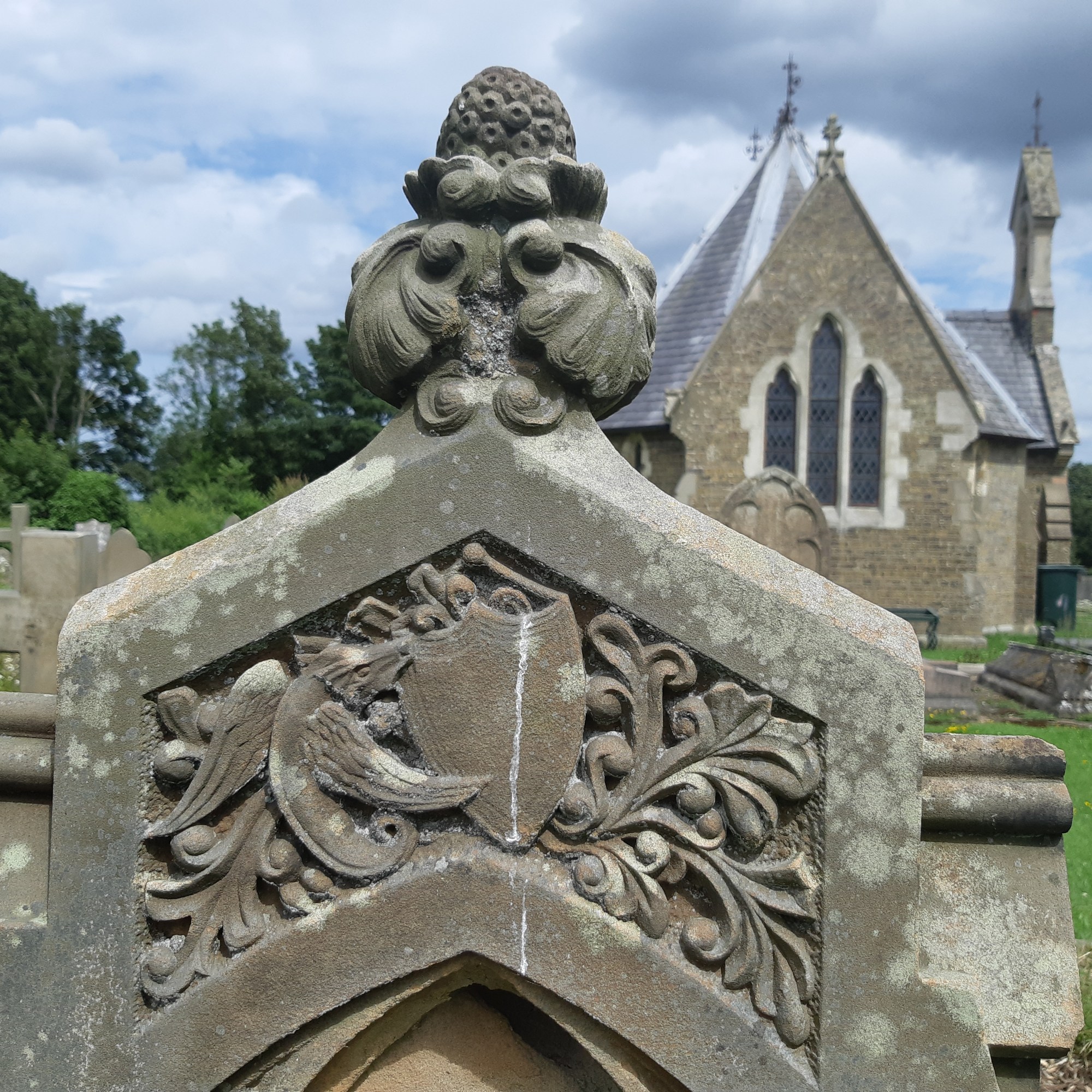
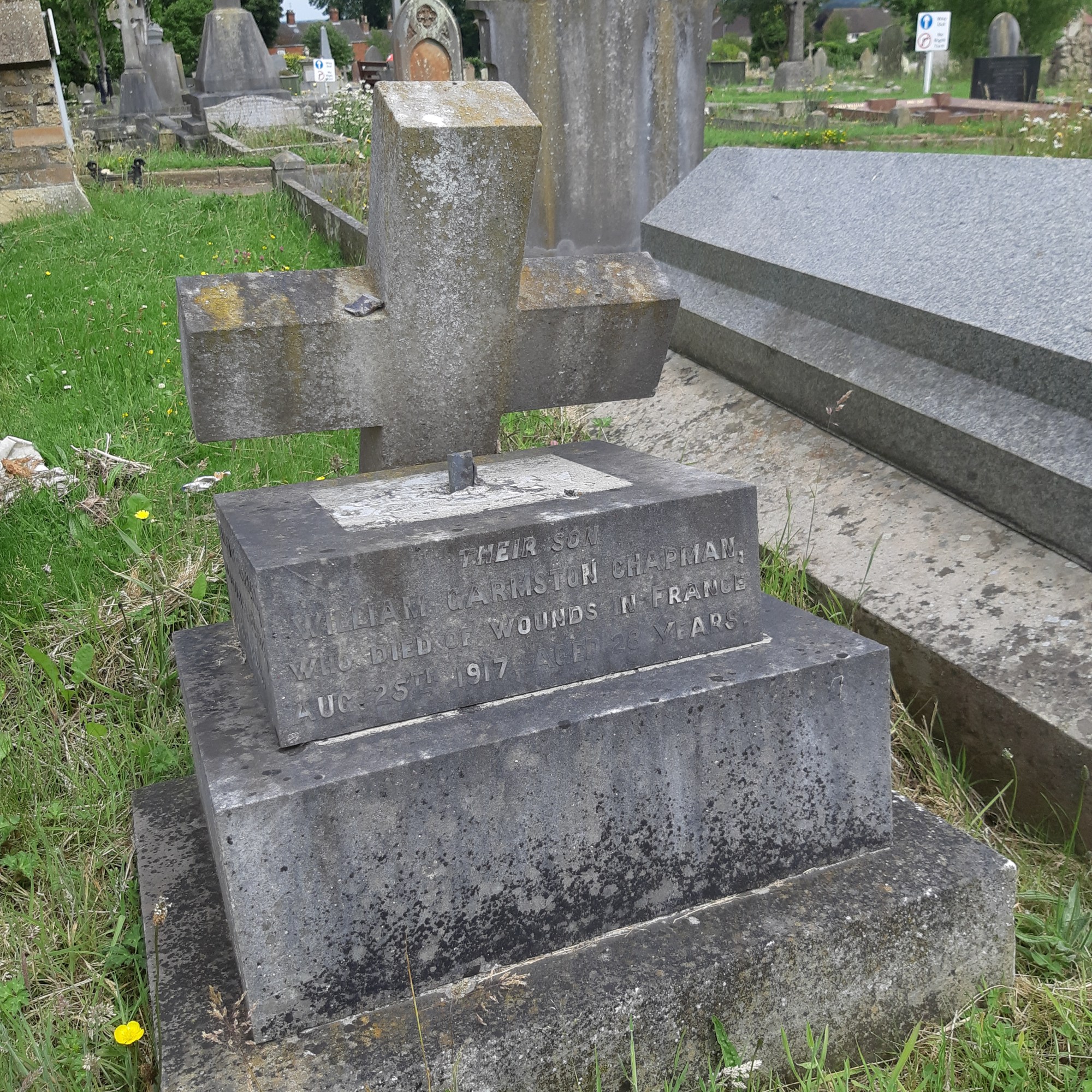

Another issue that blighted my last visit was an ethically contentious one. Should one have a passion for history, memorials and one’s local area, it may be tempting to see a weathered stone, dulled and covered in mossy patches, and take it upon yourself to scratch away the lichen. However, this effort, however pure in intent, ultimately damages the stone, the structural integrity and the further longevity of any carvings. The same principal applies to those who use harsh industrial cleaning fluids in a well-meaning attempt to revitalise graves; what initially appears as visually beneficial will ultimately cause immense damage to the headstone itself and potentially, the local ecosystem. In many cemeteries with more staff or conservationists at hand, special cleaning methods are employed to clear and preserve stones, without any damage to the monument itself. Sadly, scattered throughout the older section of Louth cemetery were many graves that rough low-grade sandpaper had scratched over the names of the grave owners. As pure in intent as such an act is, furiously scratching porous stone is counterproductive to any preservation attempt.
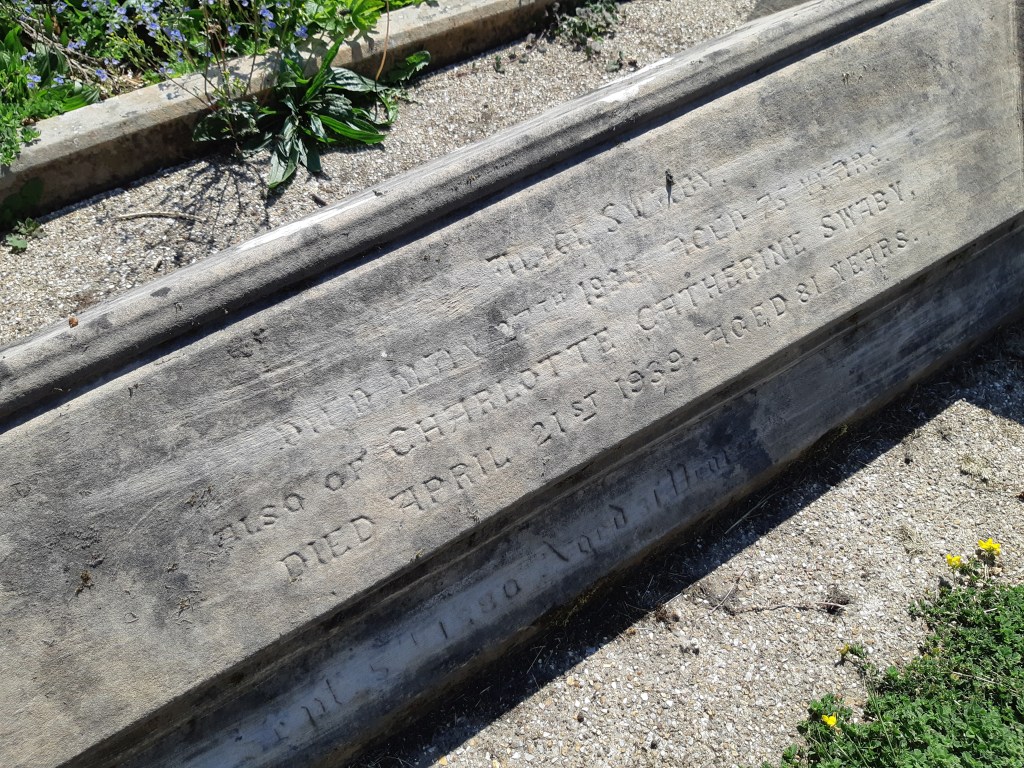


There are many notable sections of Louth Cemetery, some being military, Commonwealth war graves, Victorian businessmen, and flood victims. Along the central cutting is a fantastic local initiative to encourage wildlife into the cemetery through the installation of bat boxes along the central avenue. There is also a peaceful area dedicated to children and a curious wall of stacked stones that were invariably moved in decades past in a misjudged attempt to clear space.

There are invariably thousands of fascinating stories to be found amongst the headstones, but here are a handful of my personal favourites. I must also note that Louth Cemetery is a fully working, active cemetery, so I have made sure to be particularly mindful around recent graves and the garden of remembrance. While one is respectful within a cemetery as a matter of course, in our search for symbolism and curious inscriptions, it is easy to lose oneself in the face of very recent trauma. Subsequently, any graves I inspect or feature are generally around 100 years old, and are treated in an appropriate manner.


Susan Lacey (1855-1943) and William Lacey (1860-1948)
One of the most unusual headstones within the cemetery is that of Susan and William Lacey. Set in the gentle valley leading to the old lodge, their grave is marked by a wooden Celtic cross, which sits weathered but particularly naturalistic against the nearby granite memorials.
The Laceys lived at High Holme road, in a site that has since been heavily redeveloped, but also ‘The Priory’. The only Priory existing in Louth is a beautiful regency folly, built between 1812-1818 by local philanthropist and industrialist Thomas Espin. The Priory still exists today as a popular hotel and restaurant, tucked away from the bustle of town.
Susan was a Lincolnshire native, born in Well, and William Lacey was born in Tuxford in Nottingham. He was briefly a printer, bookbinder and paper merchant for a short time, in business with T. E Wiggen as “Wiggen Brothers”. In 1911, Susan and William were living at the Priory with their niece Ivy Jones-Lacey and two domestic servants, Emma Dales (24) and Ethel Armstrong (18). William would go on to be mayor of Louth in both 1919 and 1920.
Throughout all of this, William was a draper and owner of a tailor’s shop in the town centre. By 1939, William and Susan were still living at the Priory at 149 Eastgate, with two servants, one of whom was 17 year-old Dorothy Allen (soon-to-be Whittingham). Their niece Ivy was curiously still in residence, aged 43, registered as doing ‘unpaid domestic duties.’ I’m unsure as to why this was the case, or the circumstances by which Ivy came to live with them, but I can’t help but hope she was well-treated.

John Bogg 1800-1866
Surgeon John Bogg’s headstone it imposing in its size, preservation and quantity of text.
“Greatly beloved by all who knew him”, Louth native John Bogg married Maria S Bogg and set up home in Eastgate where they lived alongside his surgery. By 1851, John was recorded as a surgeon and General Practitioner and the couple had three children; Edward (15), Thomas (14) and John (12). They also lived very comfortably with a cook, housemaid and groom beside them. John appears to have taken his Christian mission very seriously, administering to the poor throughout his life.
On his headstone reads a steady list of biblical quotes and commandments.
The sacred lessons of his life were these:
“If thou wilt enter into life keep the commandments.”
“Blessed are the meek.”
“Blessed is he that considereth the poor.”
“Trust in the Lord and do good.”
“Mind not high things.”
“To Jesus Christ be glory and dominion for ever and ever.”

Jenney Brown 1866-1905
Jenney, ‘The dearly beloved wife of Henry Brown’ has her grave marked by a large grey granite broken column with harp motif. In terms of symbolism, Jenney’s grave is rather self-explanatory; a broken column meaning life cut short, and a harp symbolising a musical talent or devotion to God: ‘Praise the LORD with harp: sing unto him with the psaltery and an instrument of ten strings’ Psalm 33:2.
Born in 1866 to coachsmith (a maker and maintainer of coaches) James and Ann Thompson, Jenney married Henry Brown in 1887 when she was 21. A few years later, they were still living in Louth with no children, but with Henry registered as a Wine Merchants Assistant and Jenney as a musician. By 1901, Henry was a licenced distiller with Jenney, a servant named M A Edwards and Jenney’s widowed mother taking up residence at the White Swan Inn (known as The Old Whyte Swanne) on Eastgate; a pub that is still in operation today.
At the time of the Brown’s residence, the pub had its own brewery to the rear, stables and a coach house.
Local legend also states that the pub is haunted, with staff preventing anyone from taking the seat by the fireplace, for fear of angering the territorial ghost.
Jenney died aged 39 in 1905, and Henry followed 9 years later in 1914, while still working as the landlord of the White Swan.
In his few years as a widower, he lived in the pub with four other individuals; Mary Ann Edwards (43), his housekeeper, Clara Waterfall, a sick nurse (31), Henry Nichols, a boarder, domestic gardener and fellow widower (51) and Amy Lucey(?) (21), a waitress.
From the size of his wife’s memorial, we can only imagine that his grief was great and hope that his final years were spent with all the laughter and warmth of pub life.

Thomas Wilkinson Wallis (1821-1903)
Thomas Wilkinson Wallis was a talented sculptor in wood who was born in Hull, but lived and died in Louth. Wallis was a phenomenal sculptor, albeit rarely celebrated outside of the county today. Having been able to see several of his works in person, I can confirm that his talent in carving defies belief; the delicacy of his sculptures from singular or minimal pieces of wood in unrivalled. Beginning his young working life as a cabinet maker, grocer and book keeper, he obtained an apprentiship with Thomas Ward, a gilder and carver in Waterworks Street, Hull. After a few years working at Leeds’ Constantine and Co as foreman of the carving shop, he moved to Louth and founded his own business.
According to the Mapping Sculpture project,
“In 1850 his carvings won a silver medal at the Society of Arts and a year later attracted significant attention at the Great Exhibition of 1851. This allowed Wallis to give up his trade and become a sculptor in wood. Over the next decade his work was widely exhibited and he received many commissions including the pulpit for St James’s Church, Louth and a frame and the Mayor’s Board for Louth Town Hall.”[1]
Sadly, due to his failing eyesight, Wallis had to give up his trade and retrain as a public health inspector and borough surveyor. However, Wallis’ contribution to Louth life and his phenomenal skills were not forgotten, and to commemorate his 80s birthday in 1901, a piece was written in The British Architect by the sculptor Henry Hems:
‘Thomas Wilkinson Wallis of Louth Lincolnshire, undoubtedly the Grinling Gibbons of the 19th century, celebrated the 80th anniversary of his birth last Monday. Our readers will be glad to learn the grand old man is at present in the enjoyment of excellent health, and, although he has long since given up the production of those exquisite wood carvings of still life that caused all the world to wonder at the Great Exhibition of 1851, he still occupies much of his leisure time in painting in oils… Mr Wallis was born in Hull of poor, but respectable parents, on February 4th 1821, and although at birth was a weakly child, never expected to survive more than a few months, has been spared to become a hale old patriarch. Continuous application to the delicate manipulation of his wonderful art caused him at last to go almost quite blind, and he had to give up carving for less trying pursuits. In 1895 he received the long service silver medal after being Quartermaster sergeant of the Louth Volunteers for 20 years. We trust health and strength may yet be preserved to the aged craftsman, who, it was universally admitted at the 1851 Greater Exhibition, beat the whole world in the beauty of his handiwork.’ [‘The British Architect’, 8 February 1901, p. 93]
Via sculpture.gla.ac.uk
Wallis’ sculptures are indeed phenomenal, and so delicate. A large collection of his work is in Louth Museum, but other pieces can be found at the Usher gallery in Lincoln and the Victoria and Albert Museum in London. Should you be able, I fully suggest taking the time to seek out his work.


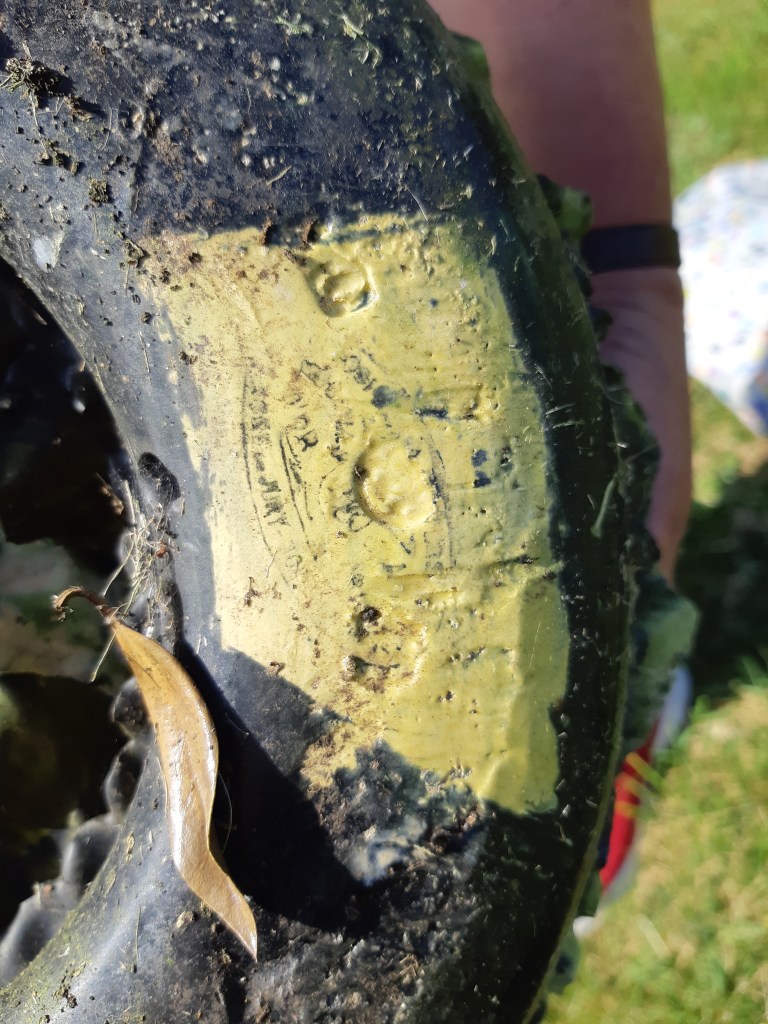

Immortelle
One unexpected treat found within one corner of the cemetery was on the grave of Mary Ann and Charles Shaw. A ceramic immortelle, although chipped and faded, was resting at the foot of their levelled headstone.
This was the only one of its kind in the whole cemetery, with no protection or public acknowledgement of its placement, and considering the vandalism at hand, I’m surprised it has survived this long.
Immortelles are late 19th, early 20thcentury ceramic, porcelain, metal or beaded grave wreaths or decorations. Unlike traditional floral wreaths, immortelles didn’t wilt or die, and could remain in place indefinitely. However, over the years, most have been discarded, broken or stolen, making them quite the rarity. To read more about Immortelles, I wrote a more in-depth article, with lots of pictures, over HERE.

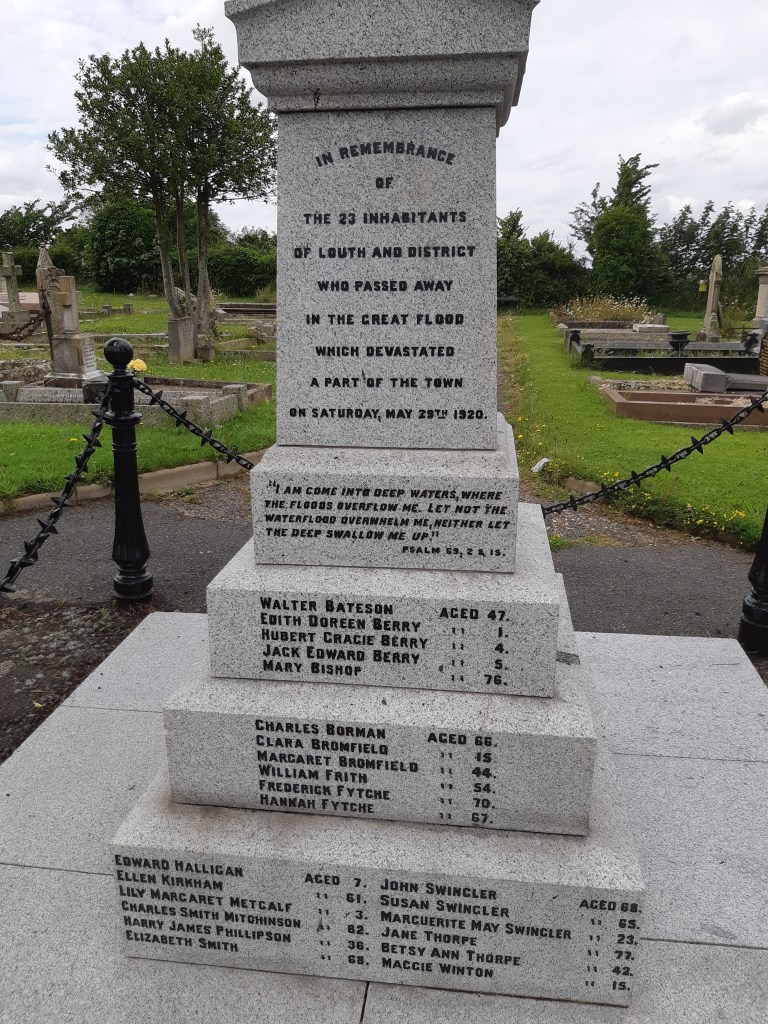
Louth Flood Memorial – May 25th, 1920
Arguably the most imposing memorial within the cemetery is the obelisk of the Louth flood monument. On Saturday May 29th, 1920, an afternoon ‘cloud burst’ caused the river Lud burst its banks, causing a flash flood that killed 23 people in 20 minutes.
Following heavy rainfall across Lincolnshire, the streams that converged into the Lud were at an all time high, and what was usually a small river rose at a terrifying speed, with reports stating that it grew 2 metres in 10 minutes. At its highest point, a raging torrent 4.5 metres above usual level and 200 metres wide smashed through the market town.
Many people died from being trapped downstairs in their homes, and the extents that some parents went to in order to save their children is truly heart-breaking. The flood was a national tragedy, with questions raised in parliament and local issues arising from a sudden and substantial homeless population.
Although I can offer just a small overview of a beautiful site, I hope it encourages you in some small way to reconnect to the history and personalities on your doorstep.
*
Enjoyed this article? For four weekly posts, videos, chat and loads of exclusive content, why not check out my Patreon? It costs as little as £1 a month to join the clubhouse and support my work. I’d love to have you on board.
www.patreon.com/burialsandbeyond
Sources/Further Reading:
All census records via Ancestry.com
The Priory Hotel Website
Lincolnshire Parliamentary List
https://historicengland.org.uk/listing/the-list/list-entry/1165866
All images my own, unless otherwise stated
https://www.louthmuseum.org.uk
Louth Museum
For a real in-depth history of Louth, the works of local historian Richard Gurnham are a great place to start. Available via Louth Museum.
[1]https://sculpture.gla.ac.uk/view/person.php?id=msib7_1205428318

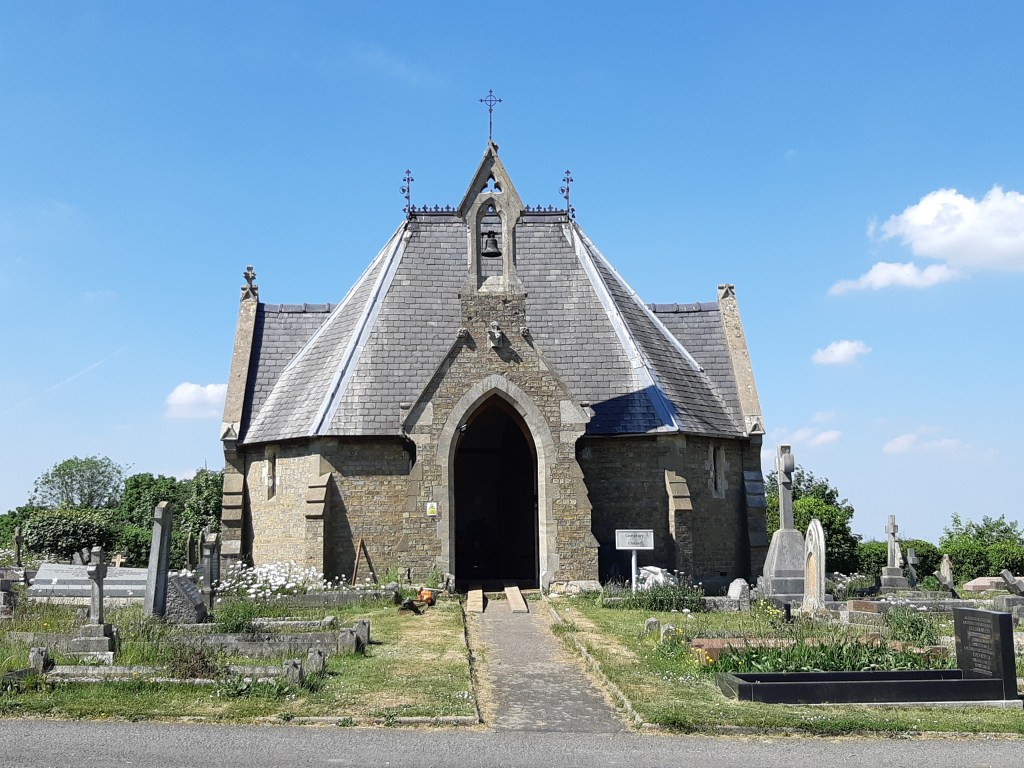

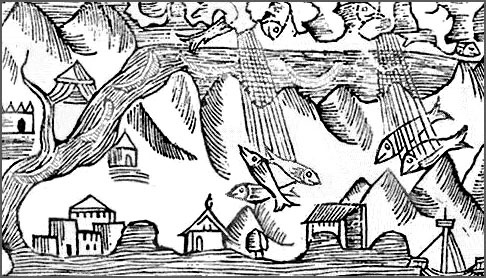


Leave a comment